LiDAR
Latest
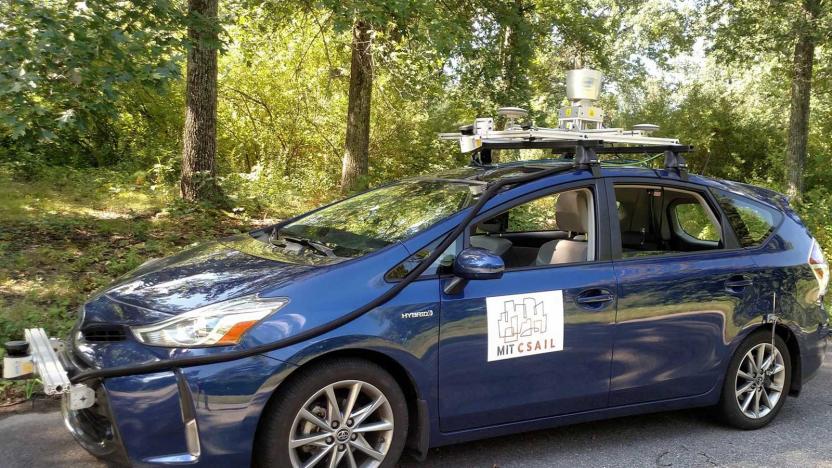
MIT's self-driving car can navigate unmapped country roads
There's a good reason why companies often test self-driving cars in big cities: they'd be lost most anywhere else. They typically need well-labeled 3D maps to identify curbs, lanes and signs, which isn't much use on a backwoods road where those features might not even exist. MIT CSAIL may have a solution, though. Its researchers (with some help from Toyota) have developed a new framework, MapLite, that can find its way without any 3D maps.
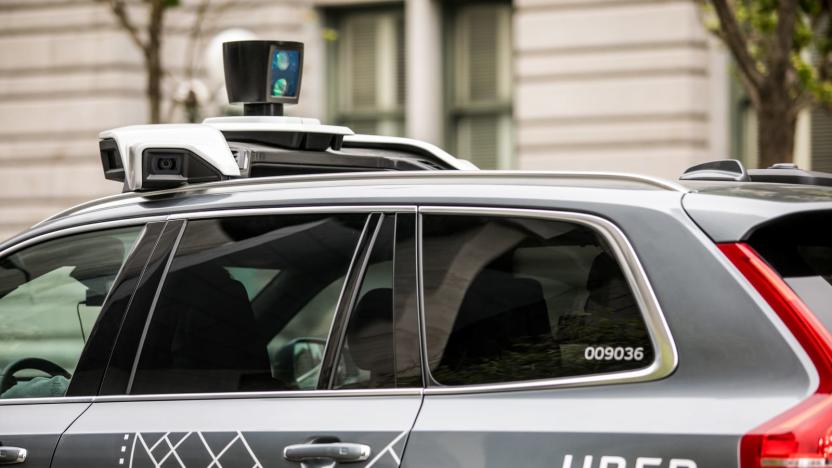
Uber reportedly reduced the number of sensors on its autonomous cars
Uber is facing some intense scrutiny after one of its self-driving cars struck and killed a pedestrian in Arizona ten days ago. The company (along with it's partner, NVIDIA) has stopped testing its autonomous vehicle in cities across the US, and the Arizona governor suspended the tests specifically in that state. According to a report by Reuters, Uber allegedly scaled back on the number of safety sensors used to detect objects in the road, resulting in a blind zone on the Volvo SUV model involved in the accident.

Ancient city's LiDAR scans reveal as many buildings as Manhattan
When researchers surveyed the ruins of a Purépecha Empire city in Mexico the old-fashioned way a decade ago, it took them two seasons to explore two square kilometres. Good thing they decided to use LiDAR, because the city called Angamuco turned out bigger than they previously thought. LiDAR gave the researchers the power to see underneath the lava that covers Angamuco. Thanks to the laser technology, they now know that the city occupied 26 square kilometers of land instead of 13 square kilometers. Colorado State University archaeologist Chris Fisher is presenting that finding and all the latest info on his team's study at the ongoing American Association for the Advancement of Science conference in Austin.
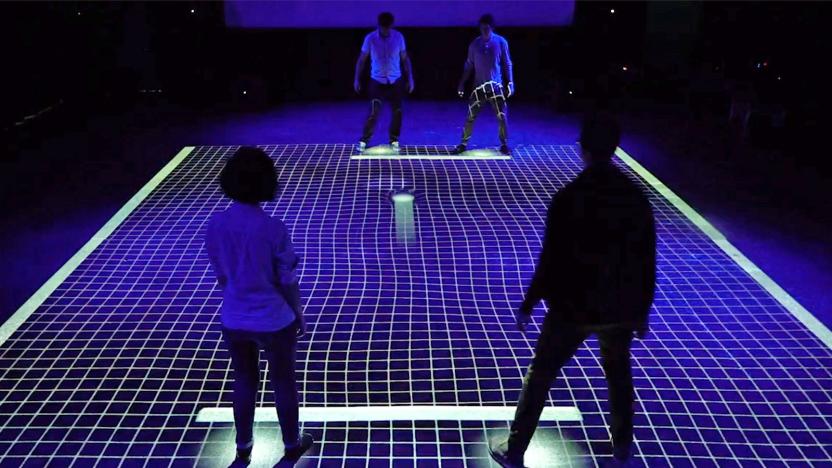
Play giant-sized 'Pong' by shuffling your feet
You may have seen attempts at real-world Pong before, but rarely have they been so... athletic. Moment Factory has created GRiD, a Pong variant that uses a LiDAR sensor (the same tech as in self-driving cars) to create an enormous, 40-by-60 foot playing field where the paddle only moves when you and a partner shuffle your feet together. You could get quite the workout if the teams are evenly matched, and that's before the game adds wrinkles like surprise acceleration or an extra ball.
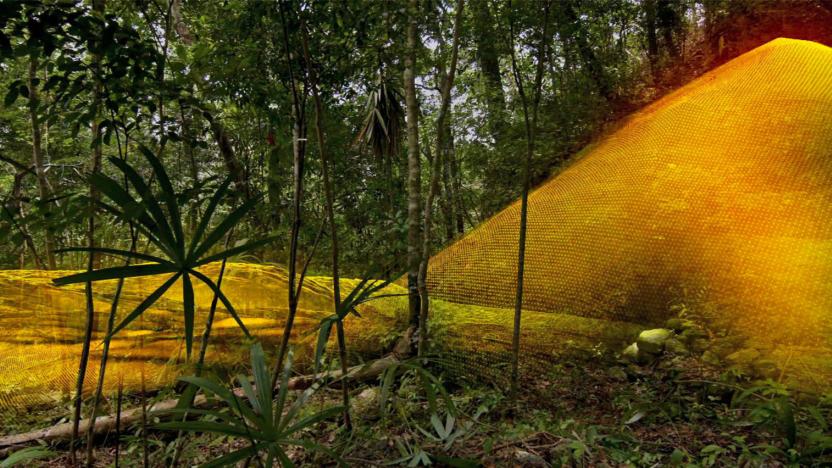
LiDAR reveals Mayan mega city hidden in Guatemalan jungle
A vast Mayan megalopolis apparently lies hidden underneath all the trees, creepers and centuries of growth and soil in the Guatemalan forest -- and we might never have found it if not for the wonders of laser technology. The PACUNAM Foundation, which champions the use of scientific research to preserve cultural heritage, has scanned the jungles in the country using Light Detection and Ranging (LiDAR) technology and found an interconnected network of ancient cities. They discovered 60,000 previously unknown structures without having to cut down a single plant, and that discovery changes many things we thought we knew about the ancient civilization.
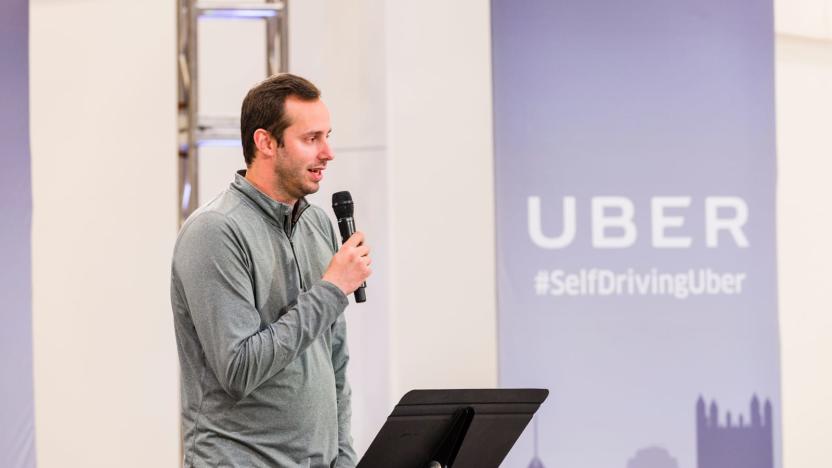
Levandowski faces fresh accusations of stealing trade secrets
The Waymo v. Uber trial is set to finally get started next month, but Anthony Levandowski, the man who has been accused of taking 14,000 files from Google's self-driving outfit when he left the company for his own startup Otto, has been hit with a lawsuit that may affect Waymo's. Wired reports that Levandowski's former nanny, Erika Wong, has filed a suit against him claiming Levandowski failed to pay her wages, violated labor and health codes and inflicted emotional distress. But the complaint also includes details of Levandowski's business practices, which suggest that he might have been paying off employees of other autonomous vehicle companies and that he considered fleeing to Canada when Waymo first filed its lawsuit.

Pioneer’s autonomous driving tech includes LiDAR and driver monitors
Pioneer is well-known for its audio devices, but at CES, it's showing off some of its other, and maybe less expected, tech. The company has been working on Level 3 and Level 4 autonomous driving technology -- or conditional and high automation, respectively, meaning the driver still has to be prepared to take over from the automated system at some point -- entering an already very populated field while making sure to bring along some of the entertainment products its already known for.

Optis’s virtualization tech will make building autonomous cars easier
Developing self driving vehicle technologies is hard -- just ask Google, or Uber, or Google that other time, or that one bus from Vegas. That's why a number of companies have been working to virtualize the development cycle so that untested technologies can crash and burn safely as their bugs are worked out. Among those companies is Optis, which announced on Tuesday that it will be partnering with two other firms to make virtual prototyping more accessible to the industry.
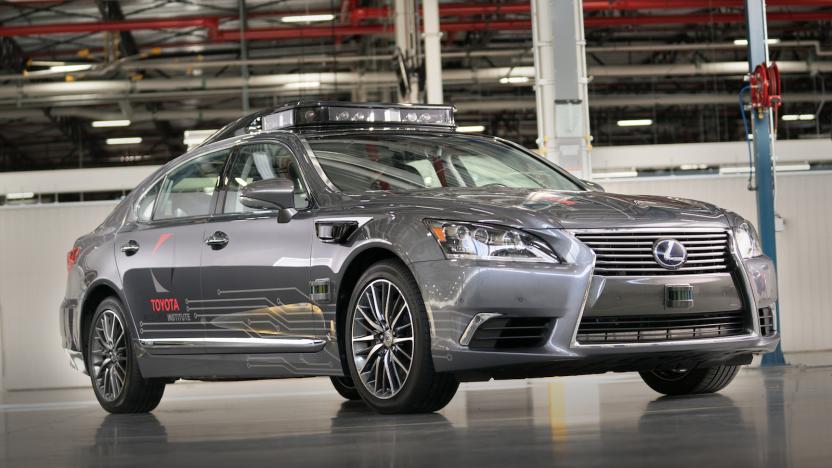
Toyota's new self-driving test car can better recognize small objects
Toyota Research Institute (TRI) will debut the latest version of its automated driving research vehicle at CES next week. TRI had three major goals with this latest model and Platform 3.0 incorporates them all into a car with more perception capabilities, a design that's easier to produce at scale and a much sleeker look. "To elevate our test platform to a new level, we tapped Toyota's design and engineering expertise to create an all-new test platform that has the potential to be a benchmark in function and style," TRI CEO Gill Pratt said in a statement.

NASA's high altitude ER-2 scans California's wildfires
For the second time this year, swaths of California are burning out of control thanks to unseasonably warm and dry temperatures. To better study what's happening and assess the environmental impact, NASA deployed its high-altitude ER-2 aircraft with a host of scientific instruments on board. In the image above, sunlight glints off its wing as it flies over the Thomas Fire in Ventura county at around 65,000 feet.

LiDAR strips landscapes down to their bare glory
LiDAR is having a moment right now helping self-driving cars and robots not hit things, but don't forget about what else it can do. In a study called The Bare Earth, scientists from the Washington Geological Survey used it to image the ground right down to dirt and rocks. Stripped of trees and other distractions, the images provide not only valuable geological survey data, but stunning, otherworldly views of our planet.
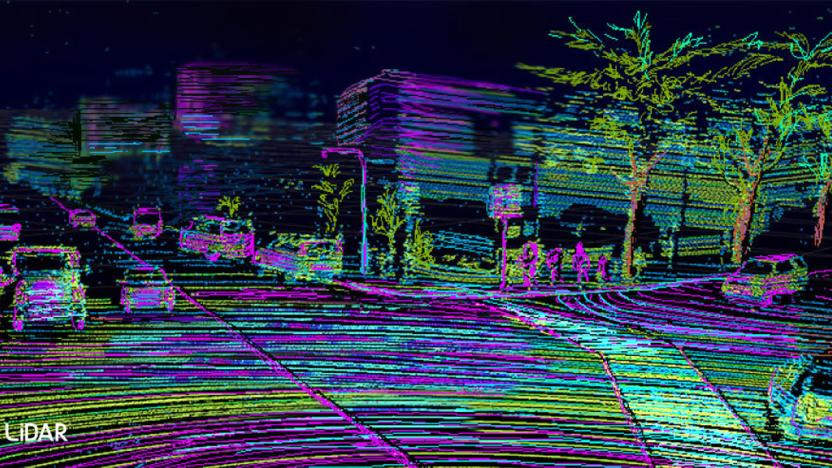
Velodyne LiDAR helps self-driving cars operate at highway speeds
Have you noticed that many self-driving car tests avoid the highway? There's a good reason for it: the LiDAR (laser pulse-based radar) cars use to navigate frequently can't handle high-detail images at the speeds and distances needed for timely reactions. Velodyne might fix that with its newly unveiled VLS-128 LiDAR system. It has 10 times more resolving power than its predecessor and can detect objects up to 300 meters (984 feet) away, helping it spot even smaller hazards at high speeds.
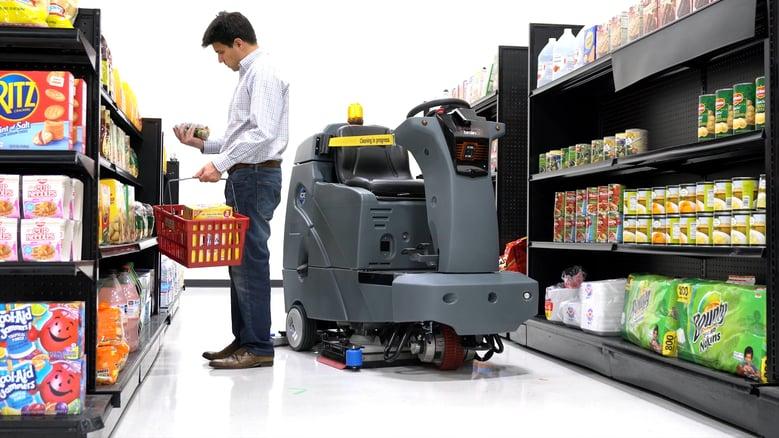
Walmart is testing a self-driving, floor-scrubbing robot
Walmart has been testing autonomous floor-cleaning robots in five of its stores, LinkedIn reports. The floor scrubber, developed by Brain Corp., is equipped with cameras, sensors and LiDAR to help it maneuver down aisles and around obstacles. And it can largely navigate itself after first being driven by a person in order to learn its path.
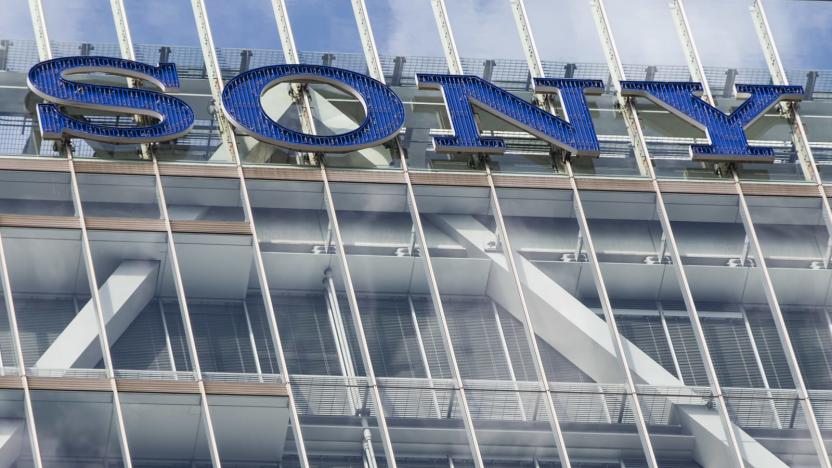
Sony's autonomous concept would make a great party bus
Sony's concept vehicle is all about entertainment on the go. Naturally. Its SC-1 (translated) is more or less a shuttle outfitted with high-res image sensors, displays, AI, 5G data connectivity via Docomo, alternative fuels, LIDAR and a bevy of ultrasonics onboard. It can be operated autonomously, or driven, and Sony claims that the image sensors placed around the car are sensitive enough (and the displays inside high-quality enough) that you could drive the buggy at night without headlamps.
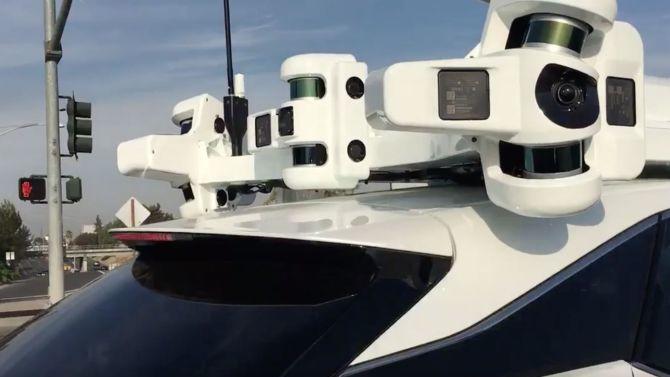
Apple’s self-driving tech appears to be one fully-contained unit
Like so many companies, Apple has been working on its own version of self-driving technology. Last year, we learned that the company had moved away from designing its own vehicle, opting instead to develop a system that could be incorporated into existing vehicles. We've had glimpses of this system before -- it's codenamed Project Titan -- but thanks to Voyage cofounder MacCallister Higgins, we now have an up-close view of it.

Cadillac’s hands-free feature fixes the worst parts about driving
The 145-mile jaunt between Flagstaff, Arizona, and Phoenix is almost entirely downhill. With a drop of approximately 5,800 feet between the two cities, the road that joins them -- Interstate 17 -- has multiple warnings about saving your brakes (meant mostly for big rigs) and is peppered with sharper twists and turns than your typical highway. Yet, while I was behind the wheel, I did almost nothing for the entire drive thanks to Cadillac's new Super Cruise feature on the 2018 CT6.

Cadillac’s Super Cruise maps are key to our robotaxi future
Cadillac is doing something new with LiDAR. Instead of sticking a puck on its cars, it's using the sensors to map the highways of the United States and Canada and geofence its semi-autonomous Super Cruise feature, instead of letting drivers use it anywhere they want. It seems like a bold move, but in reality, it's how self-driving cars will initially enter the market.
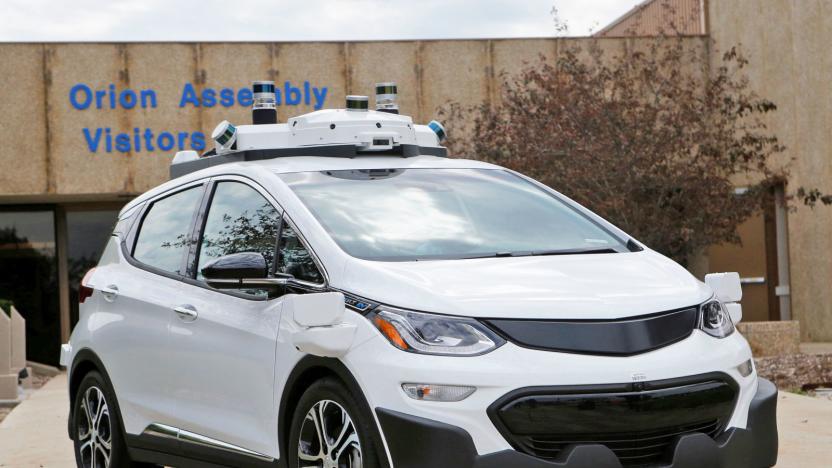
GM's Cruise buys LIDAR company to drastically cut self-driving costs
GM has already said it has what it takes to get a fleet of autonomous vehicles on the road before anyone else, and that timeline might've sped up further. Cruise Automation, the company GM acquired a little over a year ago, has announced it's made a purchase of its own: Strobe, which specializes in shrinking LIDAR arrays down to a single chip. The most immediate benefit here is cost. In a post on Medium, Cruise CEO Kyle Vogt writes that LIDAR-on-a-chip will drop the price "by 99 percent" versus other LIDAR systems.

Court filing shows what former Waymo engineer allegedly took to Uber
Last year when Uber was considering a purchase of newly founded self-driving truck company Otto, it commissioned a due diligence report that dove into the company, its assets, cofounders Anthony Levandowski, Lior Ron and Don Burnette and a few other employees that left Google for the startup. It became a hot item in the Waymo lawsuit against Uber and though Uber and Levandowski fought to keep the document out of Alphabet's hands, a judge ordered it to be turned over to Google's and Waymo's parent company by September 13th. Well that document has now been made publicly available, Recode reports, and some of its contents don't look great for Uber.
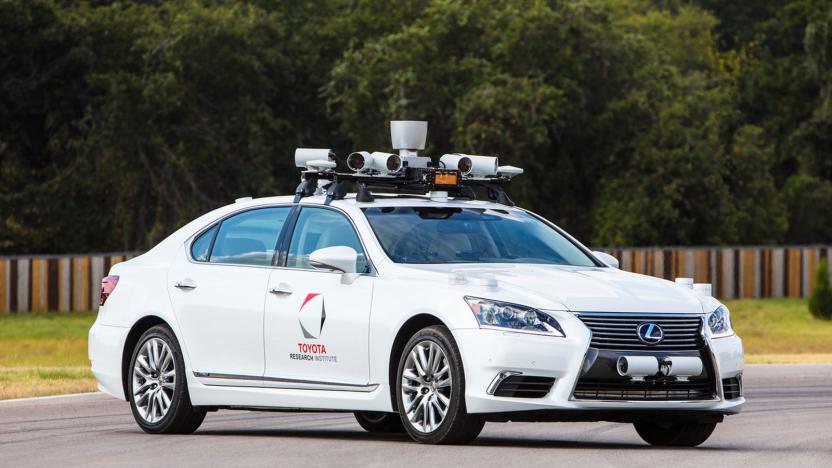
Toyota's latest self-driving car is more aware of its surroundings
Toyota barely unveiled its second-generation self-driving testbed half a year ago, but it's already back with an update. The automaker is showing off a Platform 2.1 research vehicle that has made some big technology strides... including some unusual design decisions. The biggest upgrade is an awareness of its surroundings: the modified Lexus is using new lidar from Luminar that not only sees further and maps more data but has a "dynamically configurable" field of view that focuses its attention on the areas they're needed most. There are also new deep learning AI models that are better at spotting objects around the car as well as predicting a safe path.







